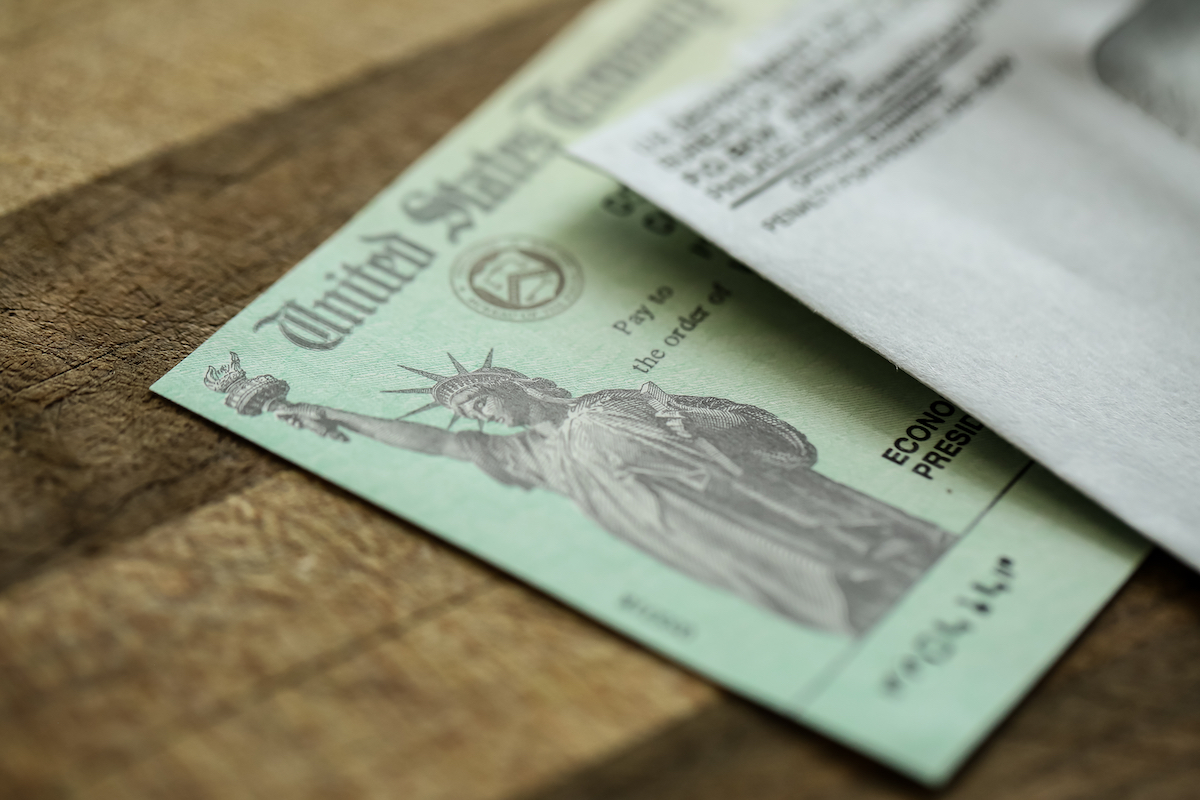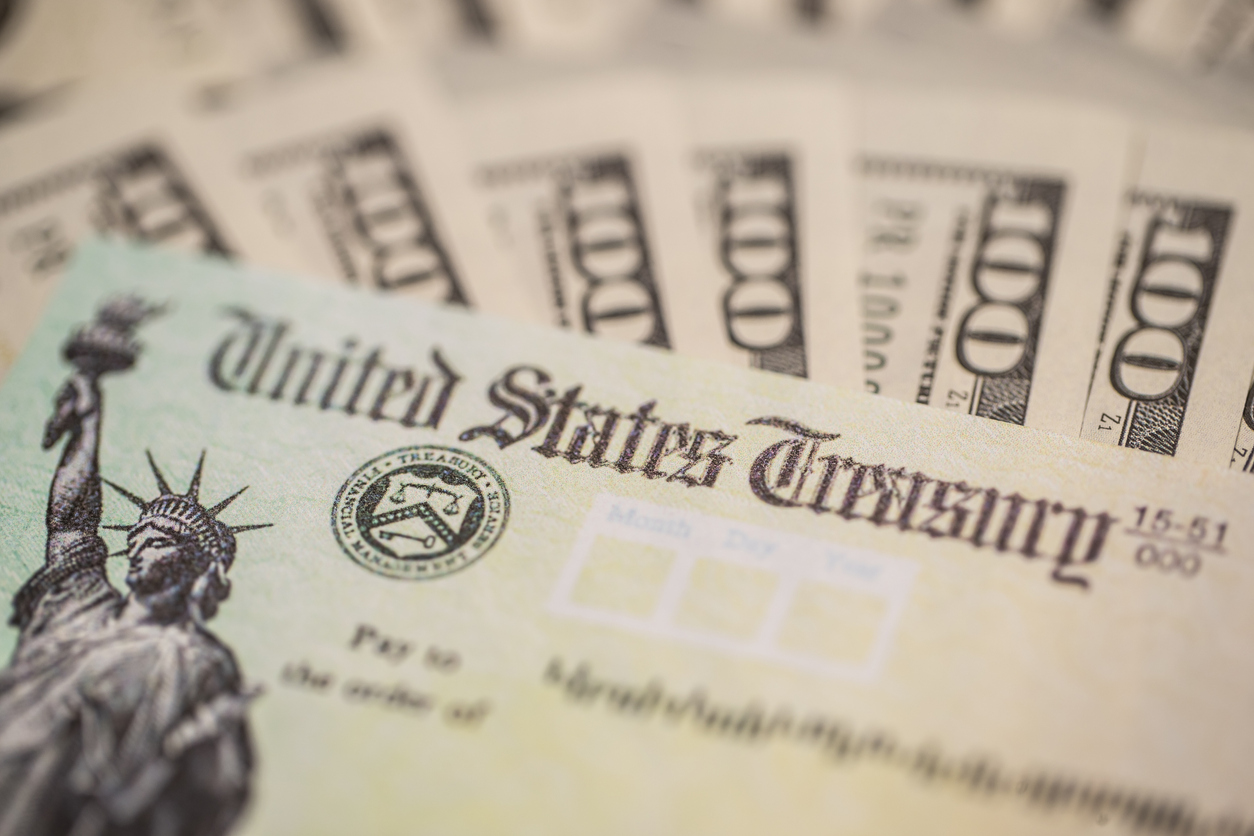Read the original article on Best Life. On Jan. 14, Biden unveiled his stimulus plan, and made clear that his administration plans to send out a third stimulus check for $1,400 to account for the deficit of the second stimulus check that recently went out. “We will finish the job of getting a total of $2,000 in cash relief to people who need it the most,” said Biden. “The $600 already appropriated is simply not enough.” He feels that the combined “$2,000 is going to go a long way to ease that pain.” And for more up-to-date information delivered straight to your inbox, sign up for our daily newsletter. Before Biden’s plan can make its way through Congress to vie for approval, he must be inaugurated. Once Biden is in office on Jan. 20, he can begin the process of getting his plan approved. If the bill gets blocked in Congress, however, Americans could be waiting for checks longer than a few weeks. “The big determining factor on when folks would see that top up really comes down to how long it takes something like this to get through Congress,” Garrett Watson, a senior policy analyst at the Tax Foundation, told CNBC. Coming to an agreement on the relief package could take a couple of months, according to Watson. As Newsweek reports, Democrats will be in a position to bring the stimulus bill to the Senate floor for a vote, but seeing as the chamber is split 50-50, they may need at least 10 Republicans to sign on to avoid a filibuster. In a letter to members of Congress from incoming Senate Majority Leader Chuck Schumer on Tuesday, Jan. 12, he said, according to Newsweek: “The job of COVID emergency relief is far from complete. Democrats wanted to do much more in the last bill and promised to do more, if given the opportunity, to increase direct payments to a total of $2,000. We will get that done.” Watson added that once Congress approves the price point of the new checks, Americans can see the money in their account very quickly. And if you plan to get the COVID vaccine, check out If You Take These OTC Meds, You Have to Stop Before Getting the Vaccine. Another important component of Biden’s stimulus bill is aid for people who are unemployed due to the pandemic. Biden seeks to extend emergency unemployment insurance programs through the end of September. As it currently stands, these unemployment programs would expire in mid-March. The aid would come in the form of “a $400 per week unemployment insurance supplement to help hard-hit workers,” according to Biden. The New York Times points out that while this amount is more generous than the 11-week $300 supplement included in the December stimulus package, it is significantly lower than the $600 a week benefit that was in the first package back in March. The American Rescue Plan also proposes increasing the federal minimum wage to $15 per hour and extending eviction and foreclosure moratoriums until the end of September. And for more on the latest coronavirus news, read up on how The CDC Just Issued This Horrifying COVID Warning. Although this number appears staggering, it’s not that far off from the original stimulus in March, which came in at about $2 trillion. The December bill cost much less—$900 billion.ae0fcc31ae342fd3a1346ebb1f342fcb Money from this stimulus plan would also go towards schools, small businesses, the vaccination program, expanded testing, and more, according to The New York Times. Specifically, CNBC reports, it includes $350 billion in state and local government aid; $170 billion for schools, including institutions of higher education; $50 billion toward COVID-19 testing; and $20 billion toward a national vaccine program in partnership with states, localities and tribes. To see what the future of COVID looks like, check out The Moderna CEO Just Made This Scary Prediction About COVID.



